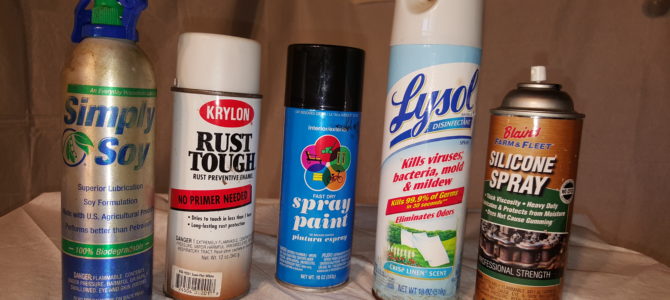Aerosol cans are widely used for dispensing a broad range of products including paints, solvents, pesticides, food and personal care products, and many others. the Household and Commercial Products Association estimates that 3.75 billion aerosol cans were filled in the U.S. in 2016 for use by commercial and industrial facilities as well as by households.
A typical aerosol can consists of several components, including (but not limited to) the following:
- The can or container storing both propellant and the product.
- An actuator or button at the top of the can that is pressed to deliver the product.
- A valve, which controls delivery or flow of the product.
- The propellant (a compressed gas or liquefied gas), which provides the pressure in the container to expel or release the product when the actuator is pressed to open the valve.
- The product itself.
- A dip tube, which is connected to the valve to bring the product up through the can to be released
The can itself is typically a small steel or aluminum container, designed to be hand-held, which is sealed with its contents under pressure. The can’s design is intended to prevent unwanted release of the contents to the environment under normal handling and storage conditions.
|
Daniels Training Services, Inc. 815.821.1550 |
Effective February 07, 2020, USEPA allows for the management of hazardous waste aerosol cans as a universal waste. Management of aerosol cans as a universal waste can significantly reduce the burden of any person (business or government agency) that generates, transports, treats, recycles, or disposes of them.
Read more about the management of hazardous waste aerosol cans as as universal waste.
